Optimal Timing for Waterproofing Projects
Proper timing for waterproofing is essential to ensure durability and effectiveness. The optimal period typically depends on weather conditions, temperature, and humidity levels. Conducting waterproofing projects during dry, moderate weather conditions helps prevent moisture from interfering with application and curing processes.
Spring offers moderate temperatures and less precipitation, making it suitable for waterproofing projects. It allows enough time for the materials to cure before the colder months.
Summer provides warm, dry conditions ideal for waterproofing. However, high temperatures can affect application, so timing during cooler parts of the day is recommended.
Fall is suitable due to cooler temperatures and lower humidity. It’s important to finish waterproofing before winter sets in.
Winter is generally not ideal due to freezing temperatures and increased moisture. Waterproofing during this time may lead to compromised results.
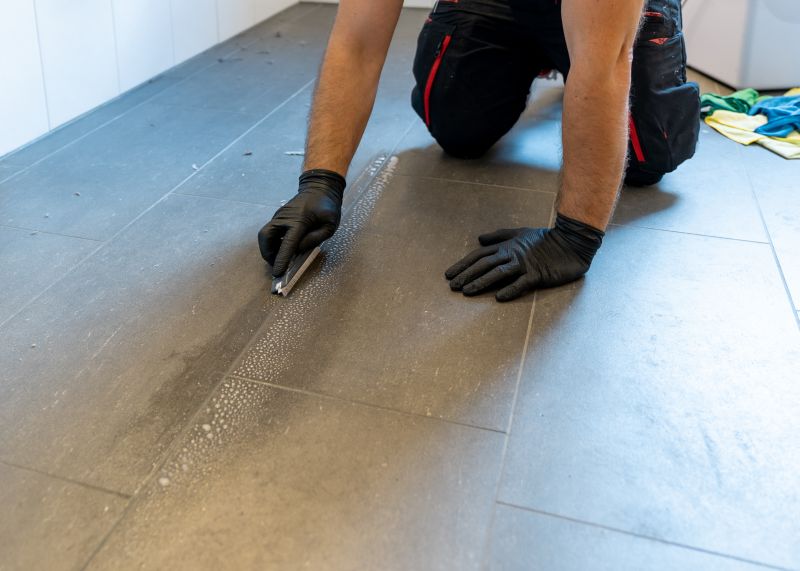
Ways to make Waterproofings work in tight or awkward layouts.
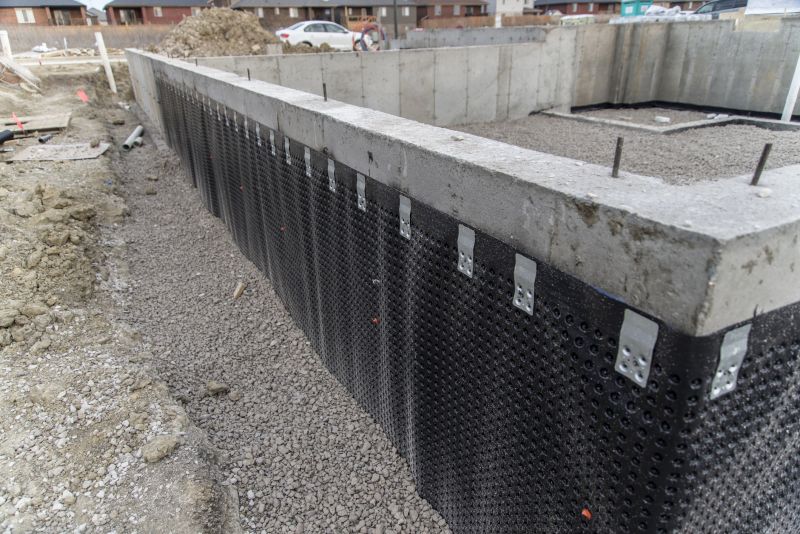
Popular materials for Waterproofings and why they hold up over time.
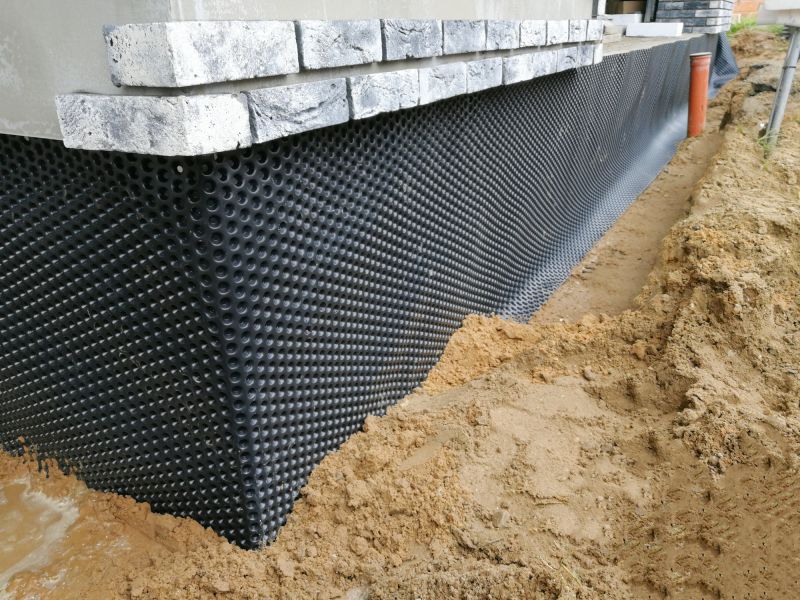
Simple add-ons that improve Waterproofings without blowing the budget.
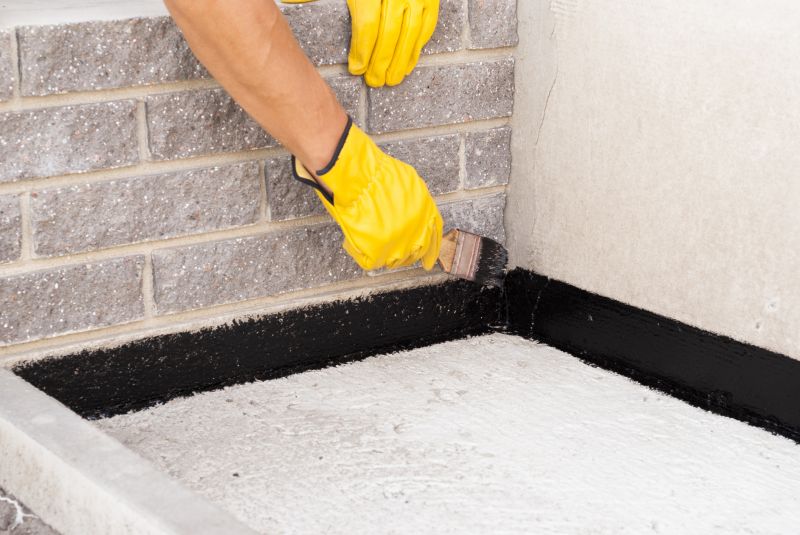
High-end options that actually feel worth it for Waterproofings.
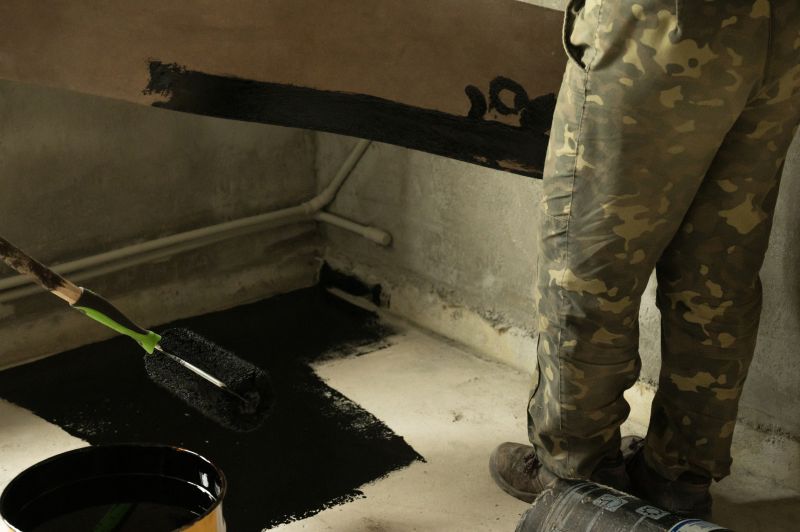
Finishes and colors that play nicely with Waterproofings.
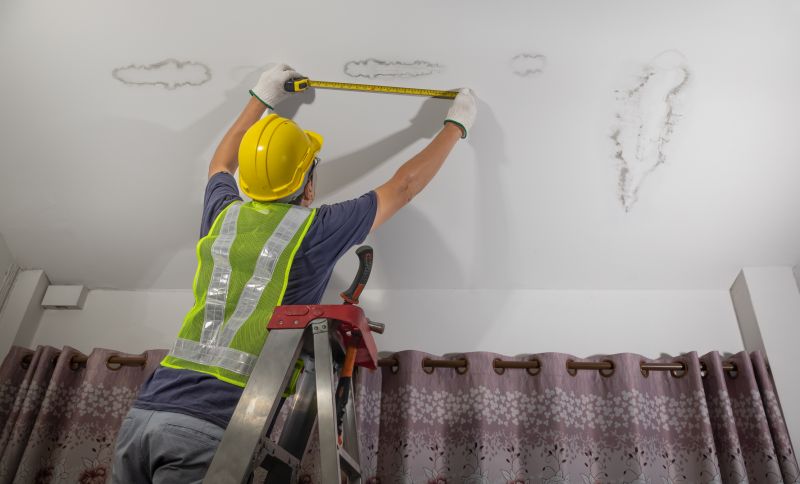
Little measurements that prevent headaches on Waterproofings day.
Waterproofings are essential for protecting structures from water intrusion, which can cause structural damage, mold growth, and interior deterioration. These systems are applied to foundations, roofs, basements, and walls to create a barrier against moisture penetration. Properly installed waterproofing systems extend the lifespan of buildings and reduce maintenance costs.
Statistics indicate that water damage accounts for a significant portion of property repairs, with costs running into billions annually. Effective waterproofing can prevent up to 80% of water-related issues, making timing and application critically important for long-term protection.

A 60-second routine that keeps Waterproofings looking new.

A frequent mistake in Waterproofings and how to dodge it.

Small tweaks to make Waterproofings safer and easier to use.

Lower-waste or water-saving choices for Waterproofings.
| Season | Ideal Conditions |
|---|---|
| Spring | Moderate temperatures, low precipitation |
| Summer | Warm, dry conditions, avoid peak heat |
| Fall | Cool temperatures, low humidity |
| Winter | Freezing temperatures, high moisture |
Choosing the right time for waterproofing ensures optimal adhesion and curing of materials. Weather conditions such as rain, snow, and extreme cold can compromise the integrity of waterproofing systems, leading to potential failures and increased repair costs.

The short, realistic tool list for quality Waterproofings.

Rough timing from prep to clean-up for Waterproofings.
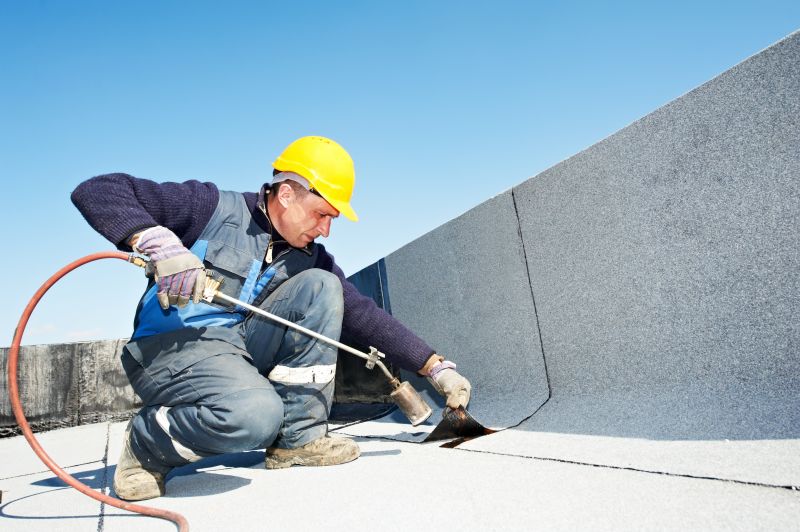
Quick checks and paperwork to keep after Waterproofings.
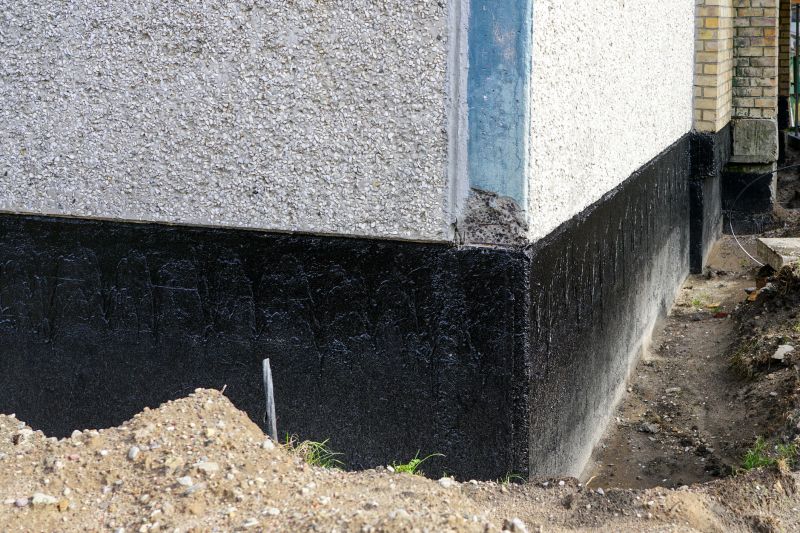
Examples that show the impact a good Waterproofings can make.
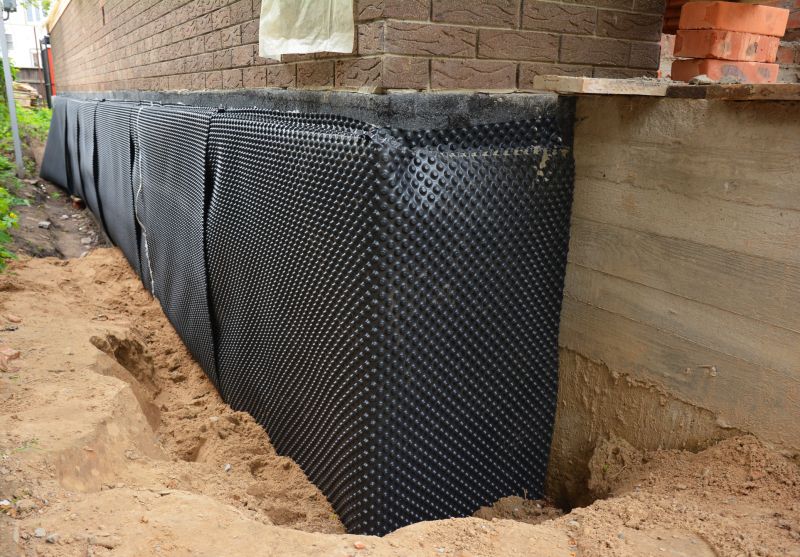
Ways to make Waterproofings work in tight or awkward layouts.
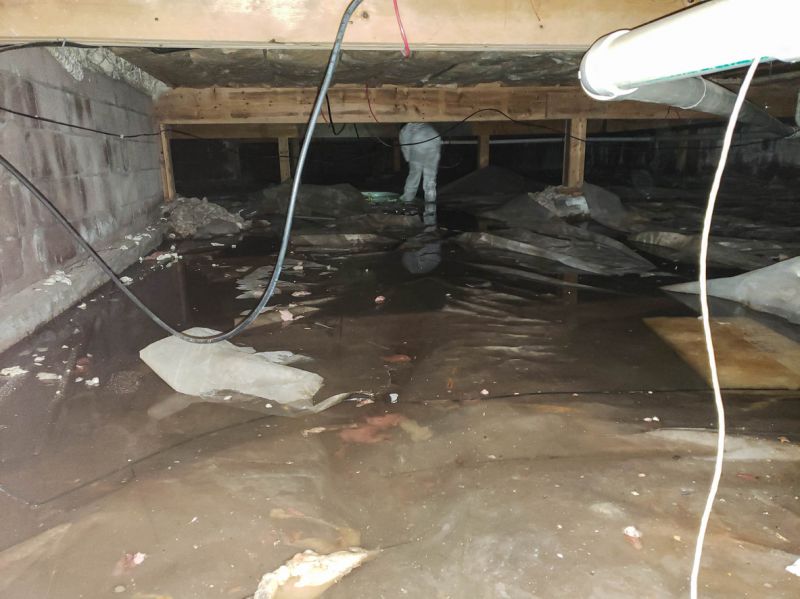
Ways to make Waterproofings work in tight or awkward layouts.
Interested in waterproofing solutions? Filling out the contact form provides an opportunity to discuss specific project needs and scheduling options for effective waterproofing at the right time.


